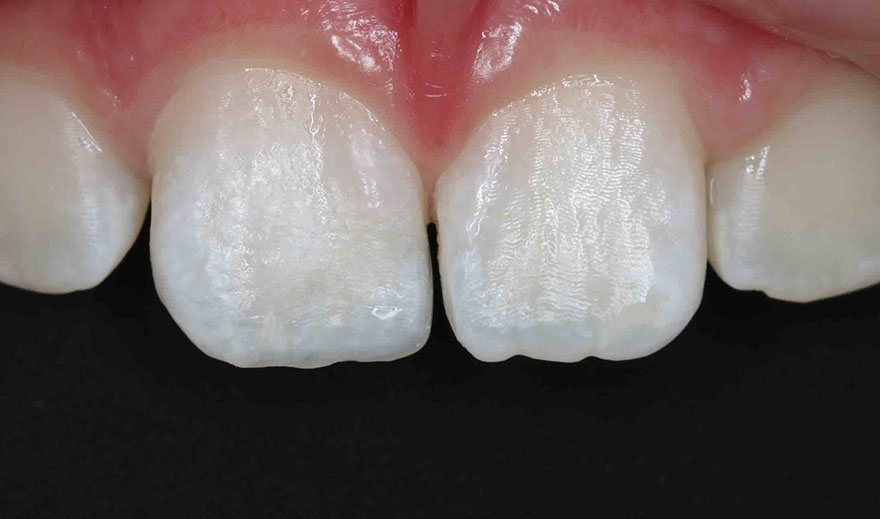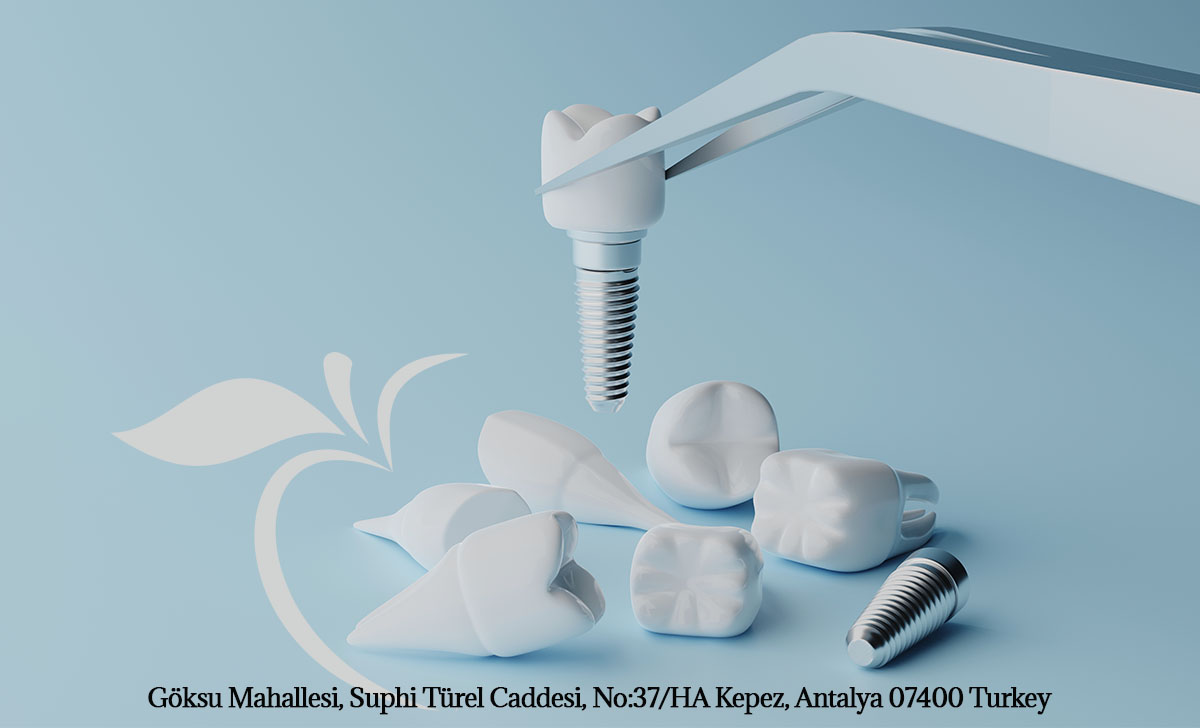
White fillings at Antalya Dental Hospital, Turkey
White fillings: What Are They, Benefits and Cost
Why should I consider white fillings?
Most people have fillings of one sort or another in their mouths.
Nowadays fillings can be natural looking. Many people are more conscious about the way they look, so they don’t want silver fillings that show when they laugh or smile.
Costs?
Costs can vary quite a lot from dentist to dentist. They usually depend on the size and type of white filling used and the time it takes to complete the treatment. Costs may also vary from region to region, but your dental team will be able to give you an idea of the cost before you agree to treatment.
Are white fillings as good as silver amalgam fillings?
White fillings have always been considered less long-lasting than silver amalgam fillings. But there are now new materials available that are comparable to silver amalgam, and these are proving to be very successful. The life expectancy of a white filling can depend greatly on where it is in your mouth and how heavily your teeth come together when you bite. Your dental team can advise you on how long your fillings should last.
Is it worth replacing my amalgam fillings with white ones?
It is usually best to change fillings only when your dental team decide that an old filling needs replacing. If so, you can ask to have it replaced in a tooth-coloured material.
Some dentists prefer not to put white fillings in back teeth, as they are not always successful. One way around this would be to use crowns or inlays, but this can mean removing more of the tooth and can be more expensive.
What are tooth-coloured fillings made of?
This can vary, but they are mainly made of glass particles, synthetic resin and a setting ingredient. Your dental team should be able to give you more information about the particular material they use.
Where can I get white fillings done?
Most dental practices offer white fillings as a normal part of the treatment they give you.
Are there any alternatives to fillings?
‘Adhesive dentistry’ involves bonding the filling to the tooth. The dental team have to remove less of the tooth, which is obviously better.
As we have already said, there are alternatives such as crowns and inlays, although they can cost a lot more. Veneers can be used on front teeth instead of crowns or fillings.
Need more advice?
If you need free and impartial advice about your oral health, contact our Antalya Dental Hospital Helpline by email or call +90 242-999-1227 (local rate call in the Turkey).
Our Antalya Dental Hospital Helpline is completely confidential and has helped almost 20,000+ people. Contact our experts by telephone, email or online enquiry, Monday to Friday, 08:00 - 18:00.
Frequently Asked Questions About Dental Health
FAQs
Our FAQs are the most commonly-asked questions put to our Dental Helpline over the last year. If you have a question for us, you can ask our Dental Helpline by telephone or email. Alternatively, please take a look at our library of oral health information, which contains a wide range of oral health advice in an easy-to-understand Q&A format.
If an incorrect bite is not treated the face can ‘collapse’. This can cause the face to sag, the chin to stick out or the smile to droop. It can even cause headaches, neck pain and pain in other parts of the body.
Orthodontic treatment can be done by many sorts of appliances, which most people call a ‘brace’.
Yes. This means that they should be used to dealing with nervous patients regularly.
If you are nervous about dental treatment, you need to be looked after by a dental practice that will take special care of you. You may need to travel some distance, but it will be worth the effort when you are no longer afraid.
Bad breath can also be caused by some medical problems. ‘Dry mouth’ (xerostomia) is a condition that means your mouth produces less saliva. This causes bacteria to build up in your mouth and this leads to bad breath. Dry mouth may be caused by some medicines, by salivary gland problems or by continually breathing through your mouth instead of your nose. Older people may produce less saliva, causing further problems.
If you suffer from dry mouth, your dental team may be able to recommend or prescribe an artificial saliva product. Or they may be able to suggest other ways of dealing with the problem.
Your Best Smile Starts Here
Follow along as Antalya Dental Hospital expert dentists share the latest oral health trends that impact you and your family’s overall health. Dentistry and Oral Health Blog is a rich source of information about dentistry, dental care, tips, news and more. Subscribe to our blog, newsroom and social media.







